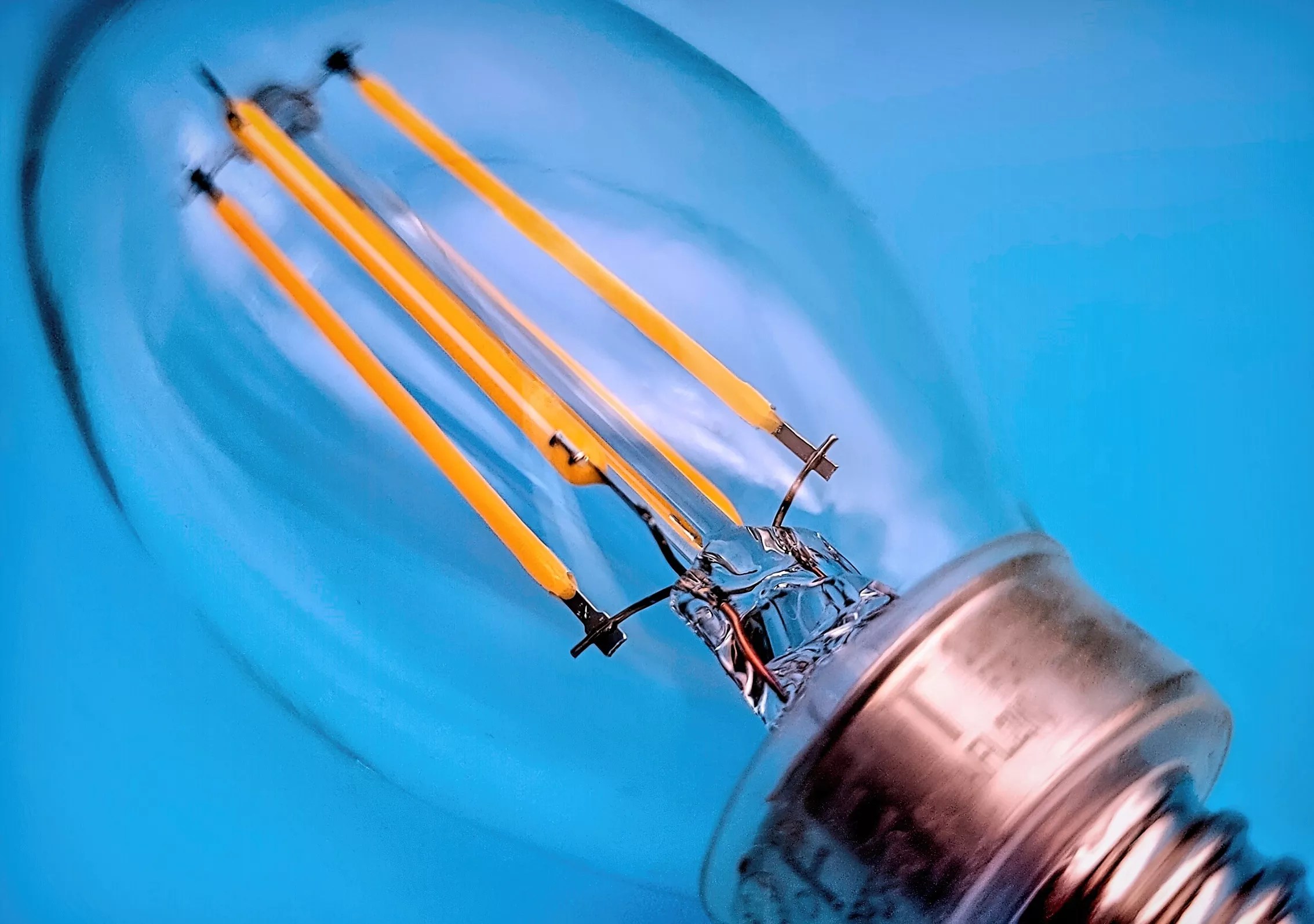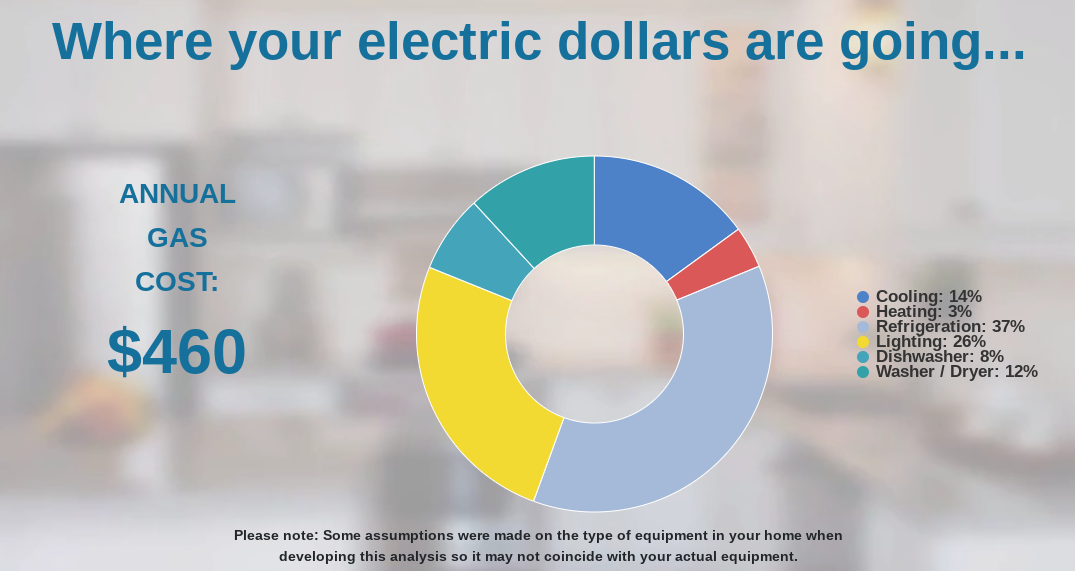

Audio By Carbonatix
On January 10, I opened my email and found a message from Xcel Energy saying my 2024 Annual Energy Usage Video was ready to watch.
The video showed a breakdown of my energy use and had suggestions for reducing my bill. The whole thing felt like Spotify Wrapped for energy and, though it doesn’t bear that name, it’s fair to call the breakdown my “Energy Wrapped” for 2024.
According to Xcel, the company has been making the videos since 2017, the year after Spotify Wrapped first debuted, as part of the energy utility’s work to keep customers informed about their usage.
“Hopefully they’ll open the email and then click it and listen to their video and that gets them into understanding a little bit about how their energy use either changed over time or how it affected their annual bill or their total consumption for the year,” says Emmett Romine, vice president of customer energy and transportation solutions for Xcel.
Will you step up to support Westword this year?
At Westword, we’re small and scrappy — and we make the most of every dollar from our supporters. Right now, we’re $20,000 away from reaching our December 31 goal of $50,000. If you’ve ever learned something new, stayed informed, or felt more connected because of Westword, now’s the time to give back.
The tips section at the end, which offers people ideas and resources for cutting down their energy use to lower their bills, is worth waiting for, Romine adds.
“We definitely don’t leave [customers] with a dead end on these videos,” he says. “We want to make sure that they have a next action they can take and so they can click on those things and dig into rebate offers that we have or program offers that we have to explore further.”
In my case, not all of the ideas were possible because I live in an apartment and my landlord might take issue with some of the bigger changes suggested by Xcel. But other tips and insight into which appliances could be gobbling up electricity were helpful. Here are some of my main takeaways from Xcel’s video.
My Energy Breakdown Needed Some Tweaks and Personalization
My video started with a chart showing a breakdown of my energy use last year. According to the chart, cooling my home used 14 percent of my yearly energy use, heating was 3 percent, refrigeration represented 37 percent, lighting ate up 26 percent, my dishwasher used 8 percent and the washer and dryer took 12 percent. Only two problems: I don’t have a washer/dryer or air conditioning.
The rest rang true, however. And since Xcel notes in multiple places that the appliances are guesses based on energy use, I was prepared for a few inaccuracies.

Xcel broke my 2024 electricity use into several categories.
Screenshot of Xcel Annual Energy Usage Video
Based on my usage, Xcel said I could save money by changing out my existing lightbulbs with LED lightbulbs, noting that doing so can save customers $5 per bulb in a year.
I have old-school track lighting in three places in my home, so I can see how swapping the bulbs would make a difference. Still, I’m not getting up on a ladder to do that until the bulbs die, so I’ll take the loss – although I’ll make the swap for my lamps.
Xcel also suggested sealing my home by caulking around windows and doors or adding insulation around pipes and outlets. I can’t do that as a renter, but we do hang blankets from windows and put aluminum foil around our doors and windows when it gets cold, as a poor man’s version.
Another suggestion was to unplug electronic devices rather than simply turning them off, since some use energy while dormant. Xcel’s video also said that using a power strip and turning that off could help.
The video closed with a link to Xcel rebates I could apply for, such as discounts on energy-saving appliances.
At the end of the video, I could make changes to Xcel’s erroneous guess on appliances by building a home profile that asked for the size of my home, how many people live there, what sort of insulation the home has, how our home is heated and cooled, what we set our thermostat to and information about the appliances we have. I added our TV, Playstation and laptops to the list and made sure the system will know going forward that we don’t have a washer/dryer or air conditioning.
“That gets you a much more precise ability to look at opportunities,” Romine says of the home profile. “The first cut that you saw is just kind of a high-level disaggregation, is what we call it, of energy consumption. That gets you into the ballpark of what might be driving some of the issues.”
To get to a specific section of the estimate, I needed to put in a little effort of my own. Though the profile has a setting to indicate I don’t own my home, it’s unclear if the “small home” designation takes apartments like mine into account, as all the images are of single-family homes.
Once I made the changes, Xcel changed my energy use percentages to reflect the new information, showing I used an estimated 14 percent of my energy on heating, 18 percent on refrigeration, 31 percent on lighting, 33 percent on other appliances and 4 percent on the dishwasher.
The suggestions Xcel made for saving money stayed largely the same, but the breakdown now had specific dollar amounts I could save with the changes. Xcel predicts I could save $63 per year by replacing my bulbs and $11 by weatherizing my home.
How Xcel Makes Annual Energy Use Videos
Though the video felt like Spotify Wrapped, Romine says the videos aren’t targeted just to young customers.
“We send it out to a broad section of our customers,” he says. “Some people like to read, some people like to listen, some people like to see pictures. …I don’t know that we had a particular segment in mind when we started this program several years ago.”
To create the videos, Xcel uses algorithms and machine learning to analyze patterns in energy use by comparing a customer’s consumption patterns to those of a typical household. Then, the algorithms match those patterns with a menu of tips Xcel offers. For example, if the system sees high HVAC use on a home compared to the typical household, Xcel might suggest replacing a furnace or installing a smart thermostat.
For the most part, the videos are automated.
“It’s a pretty light program in terms of, I’ll call it, human touch,” Romine says. “The tool is using some advanced capabilities in order to be able to get enough accuracy in terms of the customers’ personal experiences to guide them in the right direction.”
The videos are part of Xcel’s broader push for digital tools that inform customers about their energy use, such as the company’s app and videos designed to prepare customers for air conditioning and winter heating seasons, or ways to break down why a customer has a large bill variance from the previous month or year.
I’ve never noticed such a video in my years as an Xcel customer, but (as evidenced by my job) I’m more of a written words person, so it’s entirely possible I ignored previous missives – though others in our office couldn’t recall ever seeing a video like this pop into their inbox, either.
The videos have a 60 percent open rate, Romine says; around 10 percent of the customers who open the email watch their video to the end. Around1 million customers across the eight states in which Xcel works receive videos each year, he adds.
I was one of those customers this year, so don’t be surprised if you see me at the hardware store buying LED bulbs.